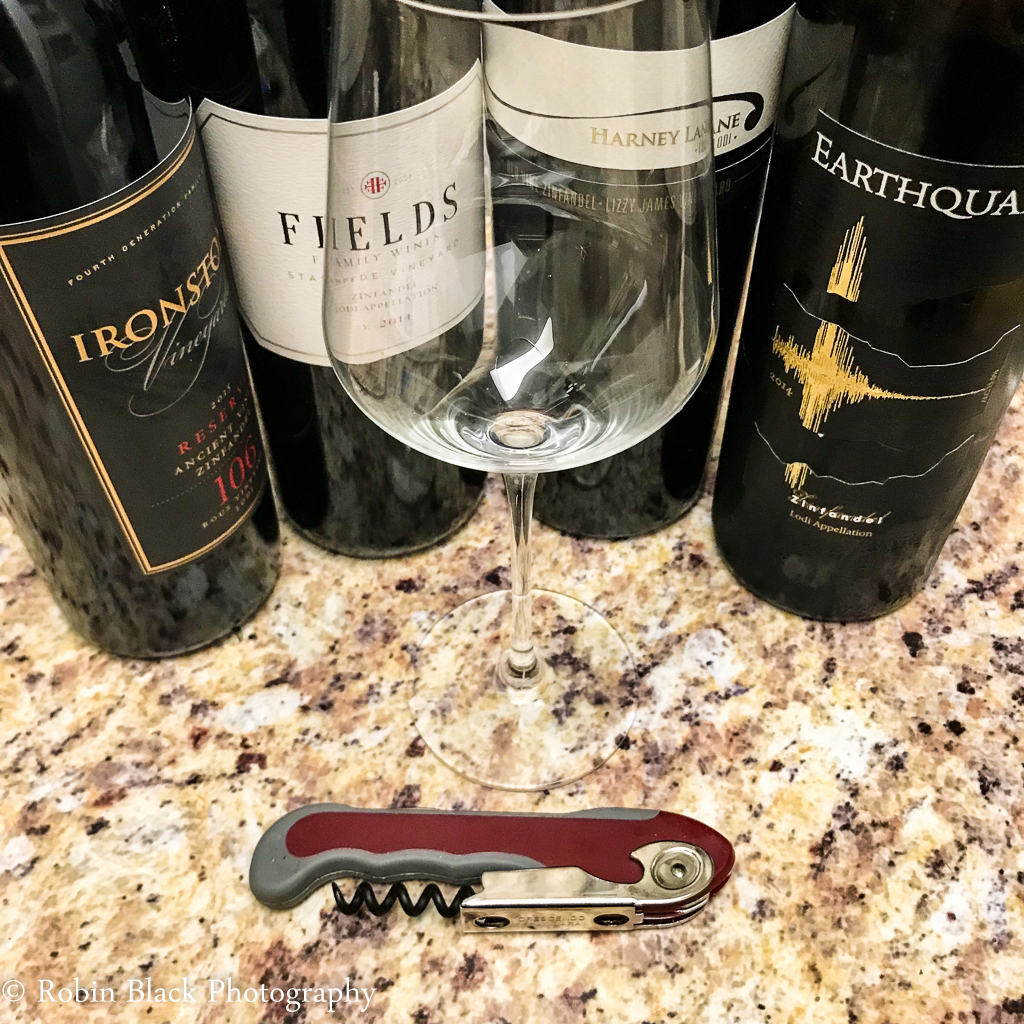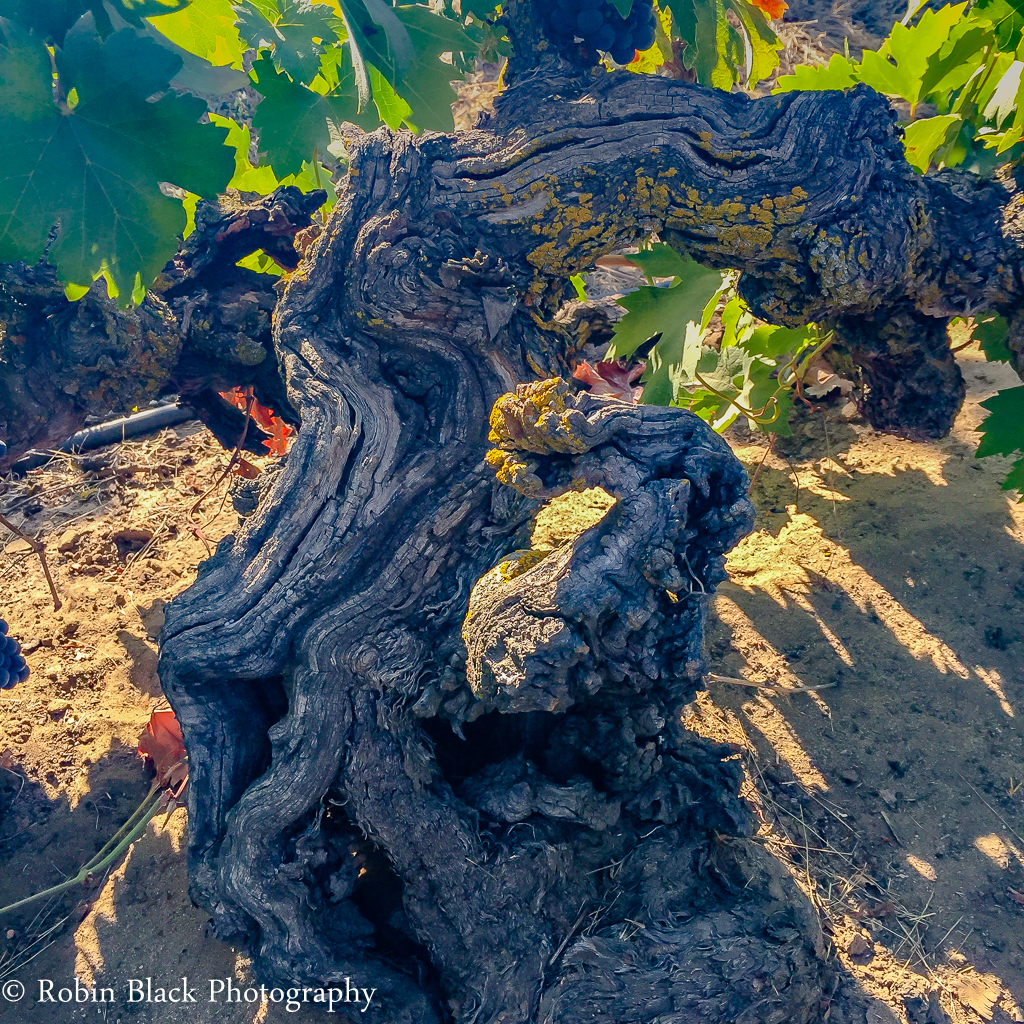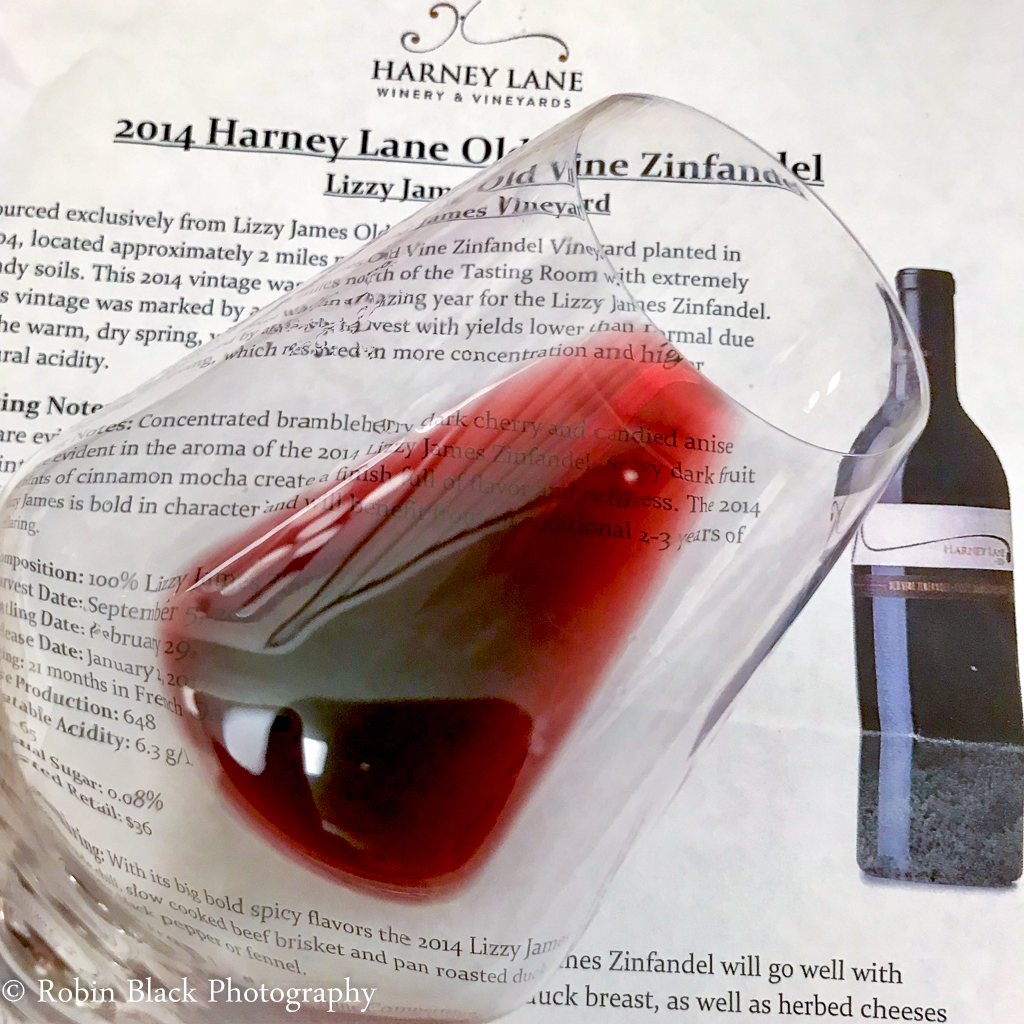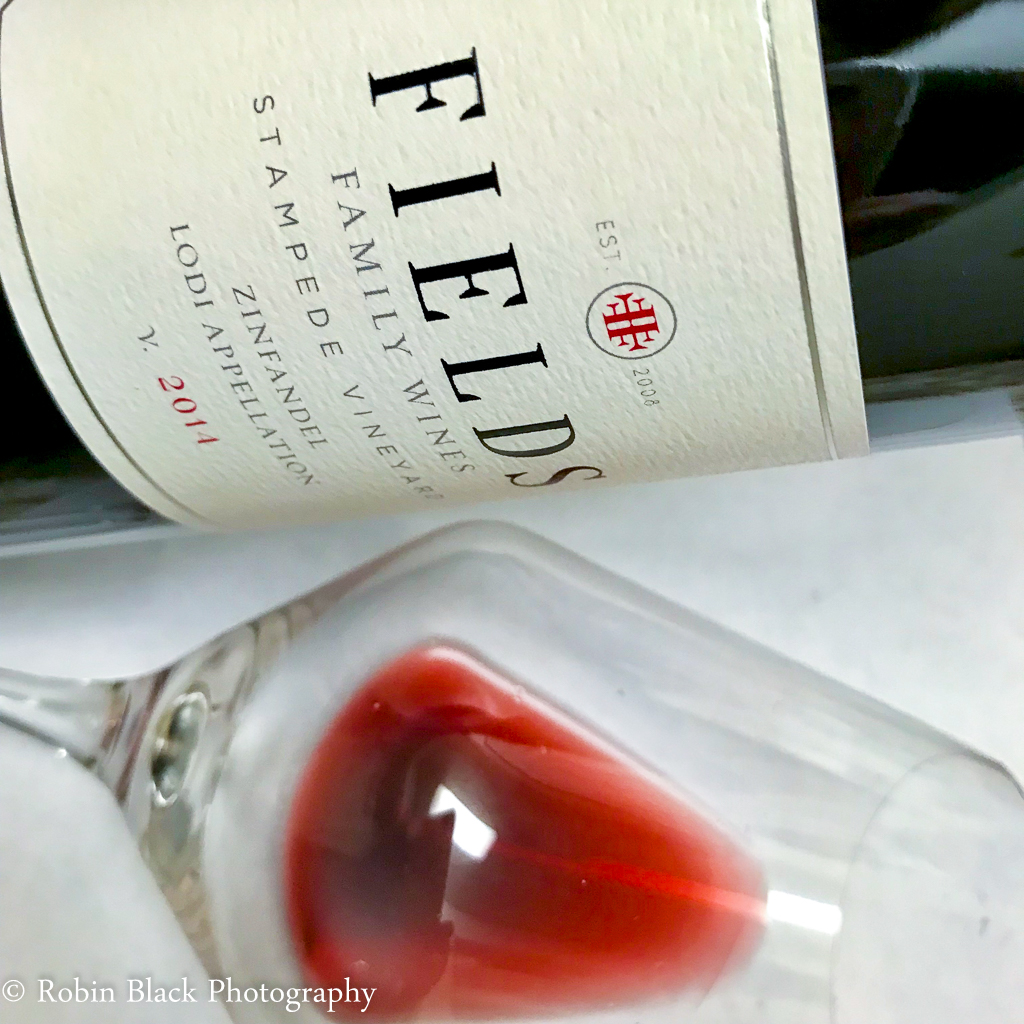A celebration of Lodi’s old vine Zinfandels
If you have ever uttered the words “I don’t like Zinfandel,” I humbly suggest you are most likely wrong about that.
Sure, taste in wines is a hugely subjective thing, but when most people say “I don’t like Zinfandel,” what they almost always mean–whether they realize it or not–is that they don’t like the popular-10-years-ago super jammy, extracted, oaked-to-death, high-ABV fruit monsters that (unfortunately) came to be considered the California style of Zinfandel. While there’s some truth to that, it’s really not representative of what’s currently going on in the state with this variety, and certainly not representative of what’s going on with zins in Lodi.

While Lodi is pretty much ground zero for Zinfandel production in California, a growing number of winemakers are turning this ubiquitous grape into gorgeous expressions of the local terroir–you now see a lot of native fermentation, little or no oak, and harvest at somewhat lower brix than in the past. Most of these wines also come from very old vines, some more than 100 years old. The result is an array of truly beautiful wines that showcase this under-appreciated variety.
The Lodi Wine Commission recently hosted a virtual tasting of a selection of these wines on live video on their Facebook page, and I was one of the bloggers invited to participate (yay, samples!). We all tasted four different Zinfandels for the event, and all were notably different.

The wines ranged from an almost Beaujolais-style lighter take on zin to darker, fruitier wines with fantastic terroir and an almost savory quality.
Some of you may be puzzled by the idea of savory notes, but I’m talking about fully complementary flavors that meld beautifully with the fruit and floral notes. The Michael David Winery’s Earthquake zin–from a vineyard planted the same year as the great San Francisco earthquake–and Ironstone’s Rous Vineyard zin, planted in 1909, both showed those savory qualities including sage, black olive, tea leaf and funky white pepper. These pair wonderfully with hearty winter dishes (which is exactly what I did with these two).
The Harney Lane Lizzy James Vineyard old vine zin is just a straight-up beauty. It carries all the qualities of what most people think of as a big California zin, but with across-the-board restraint and a softness that will surprise you. You will get familiar notes of cherry pie, unsweetened cocoa, and a little raspberry on the palate. The nose going in is all lush violets and red current, and the finish is noticeable spice and chocolate-covered dried cherries.

And finally, the most surprising of the lineup: the Fields Family Stampede Vineyard old vine zin. Crafted 100% under the protocols for the Lodi Native program, this is the lightest-bodied zin I’ve ever tried (and I LOVE it). It still has the trademark garnet hue of a good zin, but it’s lighter and almost translucent in the glass. The nose on this one fascinated me–my tasting notes read “men’s cologne and spaghetti” (hey, I get very literal with an almost Joycian habit of writing down the first descriptor that strikes me–which means sometimes my notes are a little . . . weird), which to everybody else roughly translates to herbal/fennel notes and exotic spice. But on the palate, one is almost surprised by the brightness of this wine. Tart red fruit–cherries, red currant–hints of almond (but there is NO oak on this, so this is not a flavor that comes from the expected source) and spice somewhere between black pepper and cardamom. The finish is quite long for a lighter-bodied zin, with lingering notes of cherry and unsweetened cocoa.

Each of these Zinfandels is unique in its own way, and hints at the variety to be found between the different Lodi AVAs (something I’m going to dive into deeper soon). Lodi’s sandy loam soils are incredibly deep, which likely speaks to both the vines’ longevity and the (almost unexpectedly) complex flavor profiles in these wines, most especially an almost lush softness that is in no way “big.”
These are not your typical zins, and that is a very good thing.
